Top 10 Largest Commercial Aircraft in 2025
By ICON TEAM | Published on Apr 09, 2025
List of Top 10 Largest Commercial Aircraft in 2025:
In 2025, the aviation sector is still showcasing engineering wonders that carry millions of passengers worldwide. There are still a number of huge commercial airplanes in operation that have remarkable capacity and range, even if the trend is toward more fuel-efficient twin-engine aircraft. According to their maximum exit limit capacities, a measurement of how many passengers an aircraft is certified to evacuate in 90 seconds utilizing half of its exits. the top 10 largest commercial aircraft in 2025 are examined in this article. These flying giants are the epitome of aviation design, striking a balance between passenger comfort, efficiency, and size.
1. The Airbus A380-800:
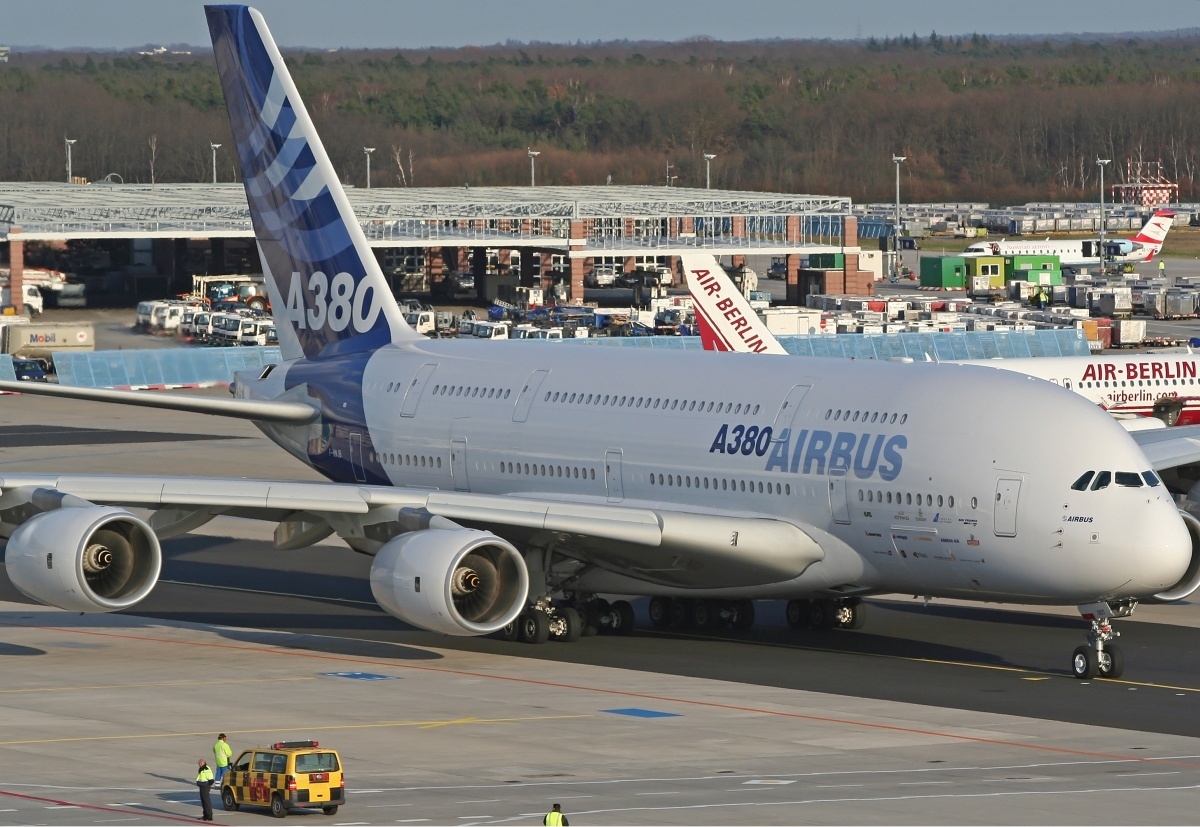
Maximum Exit Limit: 853 passengers:
Typical Seating: 489–575 passengers (three-class configuration)
Length: 238 feet 7 inches (72.72 meters)
Wingspan: 261 feet 8 inches gute(79.75 meters)
Range: 8,000 nautical miles (14,800 kilometers)
Key Operator: Emirates
In 2025, the Airbus A380-800 will be the biggest passenger plane. This double-decker superjumbo, which debuted with Singapore Airlines in 2007, was built to handle high-density routes and provided unparalleled luxury and capacity. In certain configurations, its enormous size equivalent to two football fields stacked vertically allows for facilities like onboard lounges and showers, especially with Emirates, the largest operator with a fleet of more than 100 A380s. The A380, which connects locations like Dubai to Los Angeles continuously, is powered by Rolls-Royce Trent 900 or Engine Alliance GP7000 engines and has a range of 8,000 nautical miles. However, because of the high operating costs and the trend toward smaller, more efficient aircraft, its manufacture was discontinued in 2021. Even so, the A380 is still a favorite among travelers and a representation of aviation aspirations; in 2025, it will continue to fly with airlines like Lufthansa and Qatar Airways.
2. Boeing 747-400:
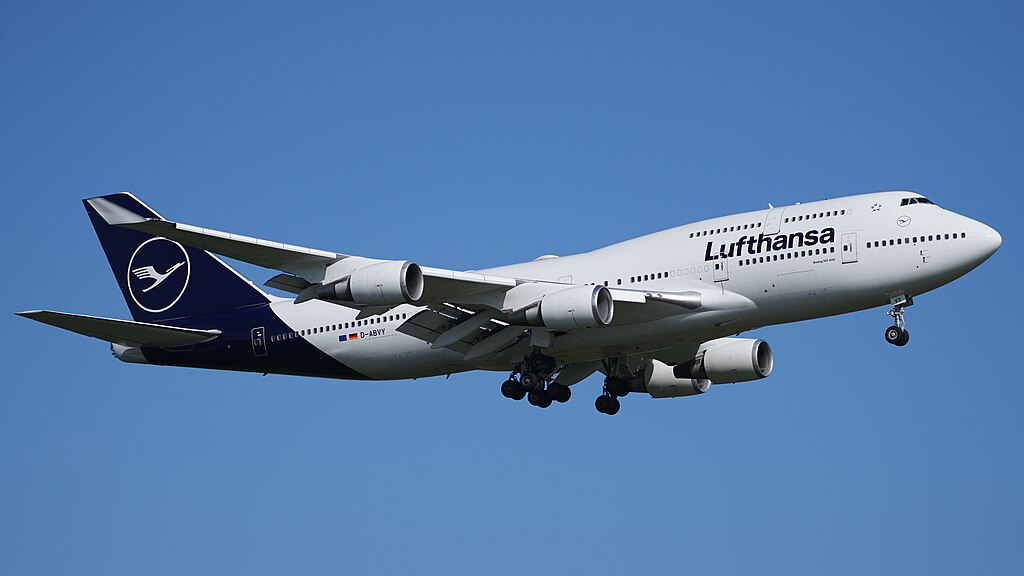
Maximum Exit Limit: 660 passengers
Typical Seating: 416–524 passengers (two- or three-class configuration)
Length: 231 feet 10 inches (70.66 meters)
Wingspan: 211 feet 5 inches (64.44 meters)
Range: 7,285–7,670 nautical miles (13,492–14,205 kilometers)
Key Operator: Lufthansa
Before the A380 arrived, the Boeing 747-400, known as the "Queen of the Skies," was the biggest passenger plane. This four-engine jumbo jet, which debuted with Northwest Airlines in 1989, is easily identifiable due to its unique partial upper deck. In 2025, it is still in use by airlines like Lufthansa, which has the biggest passenger fleet, despite the fact that many were decommissioned during the pandemic in the early 2020s. Because of its versatility, the 747-400, which was powered by engines like the General Electric CF6 or Pratt & Whitney PW4000, was able to serve long-haul routes with a range of more than 7,000 nautical miles. Though its numbers are still declining, the -400's legacy as a pioneer of widebody aviation survives, even though its successor, the 747-8, has taken over some routes.
3. Boeing 747-8:
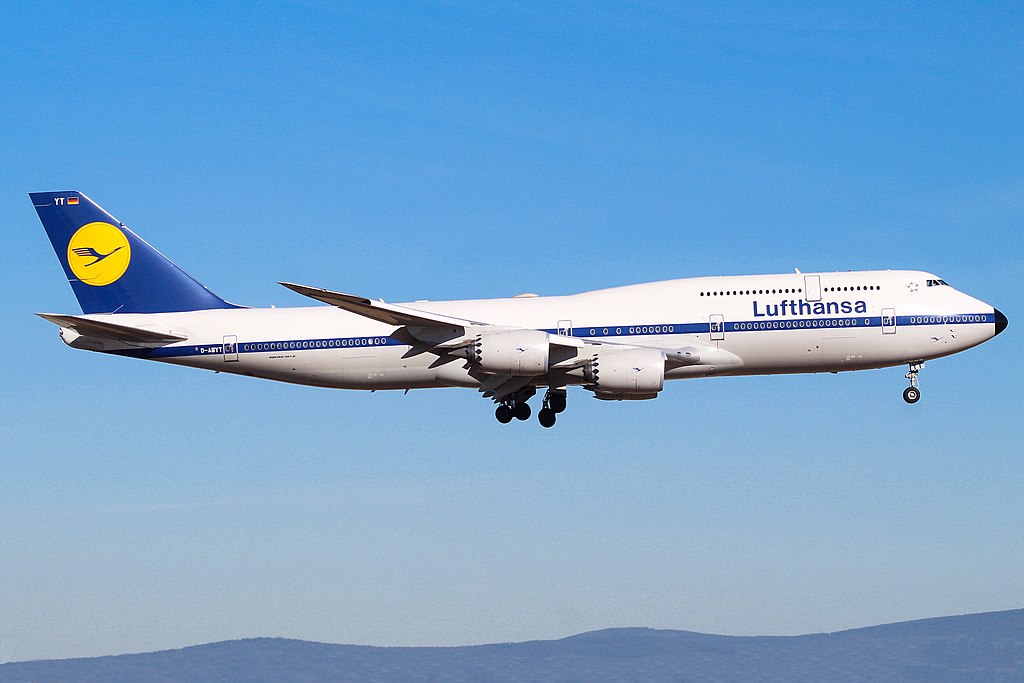
Maximum Exit Limit: 605 passengers
Typical Seating: 410–467 passengers (three-class configuration)
Length: 250 feet 2 inches (76.25 meters)
Wingspan: 224 feet 7 inches (68.45 meters)
Range: 7,815 nautical miles (14,473 kilometers)
Key Operator: Lufthansa
In 2012, Lufthansa began using the Boeing 747-8, the newest and longest model in the 747 series. It is longer than the A380, at more than 250 feet, but it has a smaller capacity, with only 605 passengers able to disembark. Its range is increased to about 8,000 nautical miles thanks to its revised wings and General Electric GEnx engines, which increase fuel efficiency by almost 16% when compared to the 747-400. For long-haul flights in 2025, the 747-8 is still a major participant, especially with Lufthansa and cargo carriers like UPS. Its reduced size enables it to fly at more airports, ensuring its relevance in a declining market for four-engine jets, even though it hasn't been able to match the A380's passenger capacity.
4. Boeing 777-300ER:
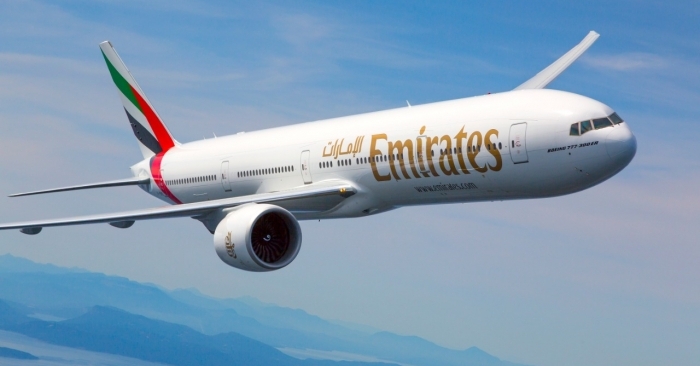
Maximum Exit Limit: 550 passengers
Typical Seating: 365–396 passengers (three-class configuration)
Length: 242 feet 4 inches (73.86 meters)
Wingspan: 212 feet 7 inches (64.8 meters)
Range: 7,370 nautical miles (13,649 kilometers)
Key Operator: Emirates
The largest twin-engine aircraft in 2025 is the Boeing 777-300ER (Extended Range), which was first flown with Air France in 2004. It is a long-haul workhorse that connects far-flung cities like Dubai to New York, with a maximum departure capacity of 550 passengers. It has a range of more than 7,300 nautical miles and is propelled by two enormous General Electric GE90-115B engines, the most potent jet engines ever constructed. Its largest operator, Emirates, operates more than 130 of these planes, many of which have opulent interiors. Because of its ability to balance capacity, range, and efficiency, the 777-300ER is still in demand in 2025, despite competition from more recent models such as the Airbus A350 and Boeing's upcoming 777X.
5. Airbus A350-1000:
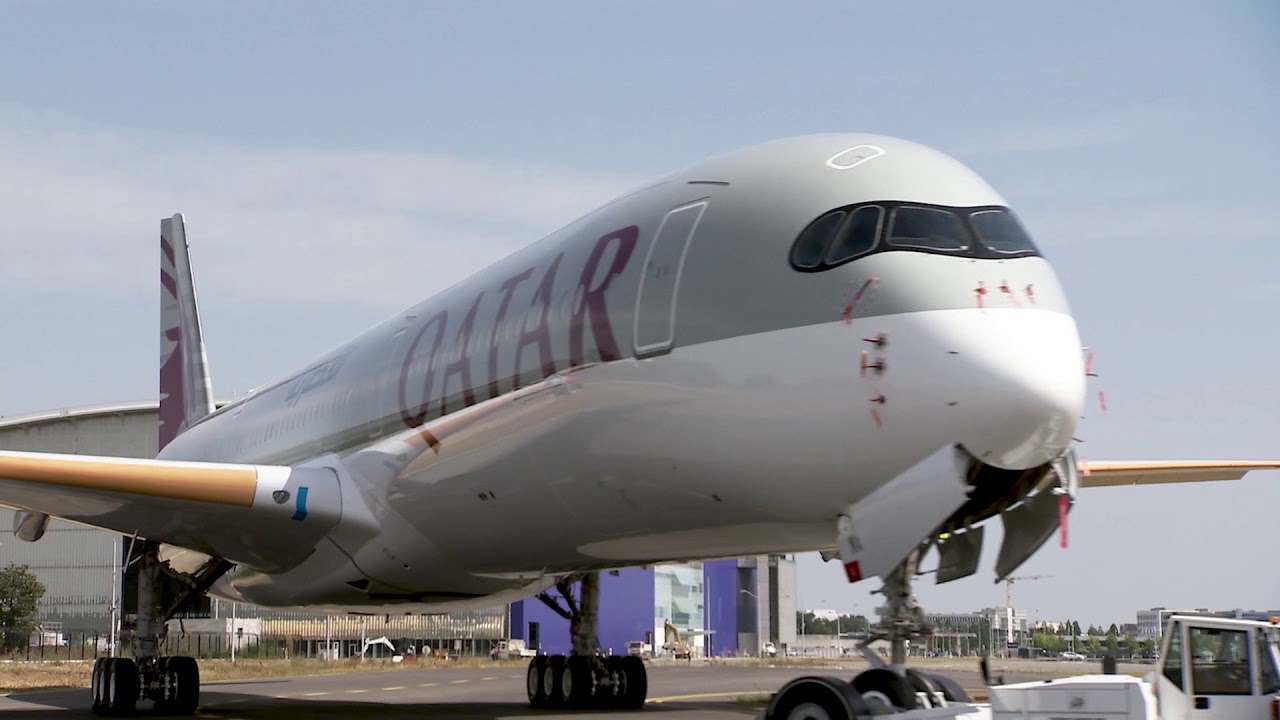
Maximum Exit Limit: 480 passengers
Typical Seating: 369–410 passengers (two- or three-class configuration)
Length: 242 feet (73.79 meters)
Wingspan: 212 feet 5 inches (64.75 meters)
Range: 8,900 nautical miles (16,482 kilometers)
Key Operator: Qatar Airways
The largest member of the A350 family, the Airbus A350-1000, made its debut with Qatar Airways in 2018. This twin-engine widebody immediately competes with the Boeing 777 series, with a maximum departure capacity of 480 people. Compared to older models like the A340-600, which it replaces, its carbon-fiber-reinforced polymer fuselage reduces weight and increases fuel efficiency by up to 25%. It is perfect for ultra-long-haul routes like London to Sydney because of its remarkable 8,900 nautical mile range and Rolls-Royce Trent XWB engines. Operators including British Airways and Cathay Pacific commend its roomy layout and peaceful cabin in 2025, solidifying its position as a leader in contemporary aviation.
6. Airbus A330-900:
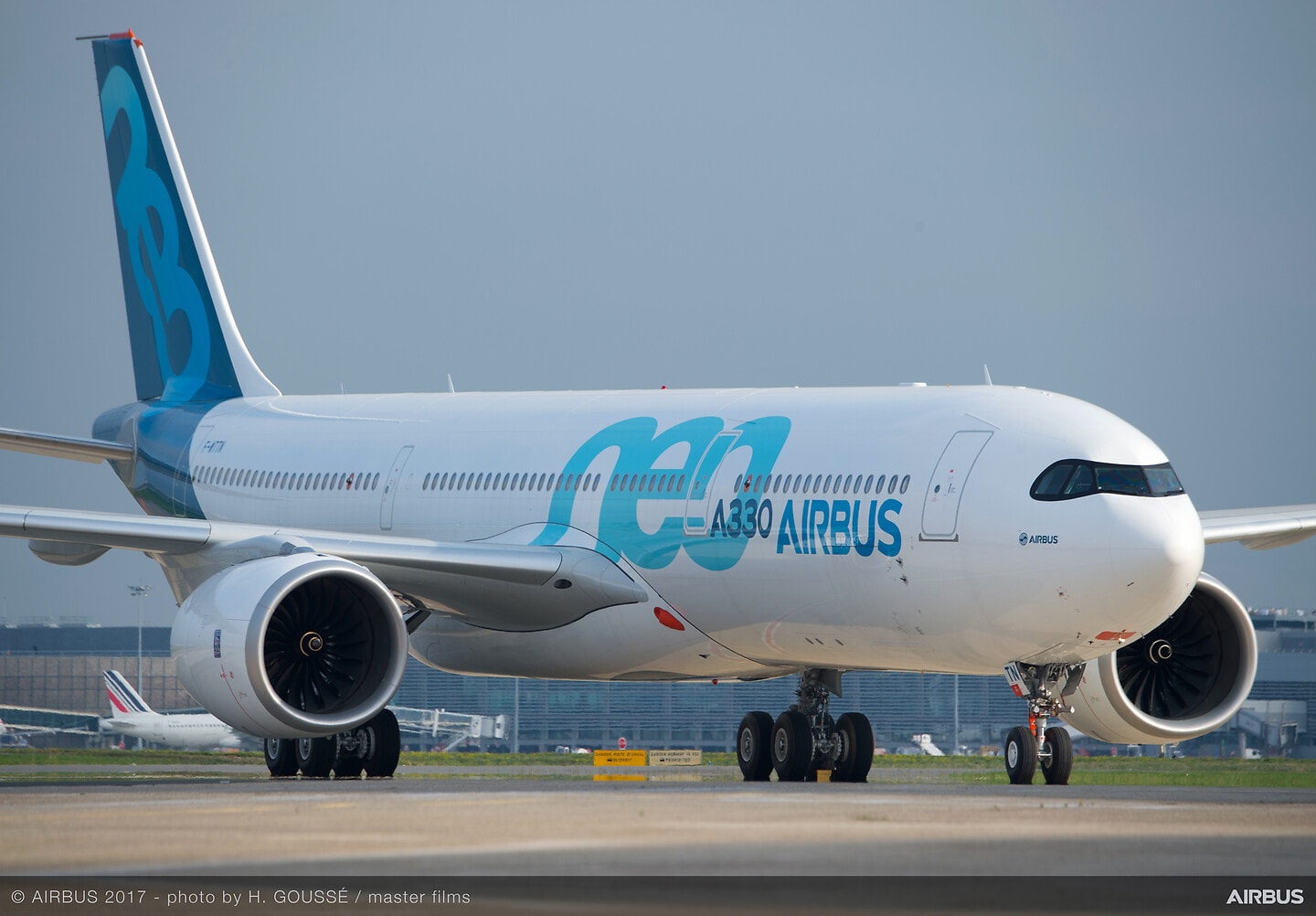
Maximum Exit Limit: 460 passengers
Typical Seating: 287–310 passengers (three-class configuration)
Length: 208 feet 11 inches (63.66 meters)
Wingspan: 210 feet (64 meters)
Range: 7,200 nautical miles (13,334 kilometers)
Key Operator: Delta Air Lines
The Airbus A330-900, part of the A330neo (New Engine Option) family, entered service in 2018 with TAP Air Portugal. It is a development of the A330-300, with a maximum departure capacity of 460 people. It has Rolls-Royce Trent 7000 engines and aerodynamic improvements like sharklet wingtips, which increase fuel efficiency by 14%. With a range of 7,200 nautical miles and a length of approximately 209 feet, it serves routes such as Atlanta to Tokyo for its biggest operator, Delta. The A330-900 bridges the gap between the A350 and older A330s in 2025 thanks to its versatility and reduced operational costs, making it a formidable competitor in the medium- to long-haul market.
7. Airbus A340-300/600:

Maximum Exit Limit: 440 passengers (A340-300); 475 passengers (A340-600)
Typical Seating: 250–290 (A340-300); 320–380 (A340-600)
Length: 208 feet 10 inches (63.69 meters, A340-300); 247 feet 3 inches (75.36 meters, A340-600)
Wingspan: 197 feet 10 inches (60.3 meters, A340-300); 208 feet 2 inches (63.45 meters, A340-600)
Range: 7,400 nautical miles (13,705 kilometers, A340-300); 7,800 nautical miles (14,445 kilometers, A340-600)
Key Operator: Lufthansa
The A340-300 and the lengthier A340-600 are part of the four-engine Airbus A340 series. The -300, which was first flown by Lufthansa in 1993, can carry up to 440 passengers, but the -600, which Virgin Atlantic introduced in 2002, can carry up to 475 passengers. Before the 747-8, the A340-600 was the longest aircraft in the world, measuring more than 247 feet. With ranges of up to 7,800 nautical miles, both models powered by CFM56 (A340-300) or Rolls-Royce Trent 500 (A340-600) engines perform exceptionally well on long-haul flights. Although manufacture ceased in 2012 as twinjets such as the A350 gained popularity because to their efficiency, Lufthansa and Swiss continue to fly these aircraft in 2025.
8. Airbus A330-300:
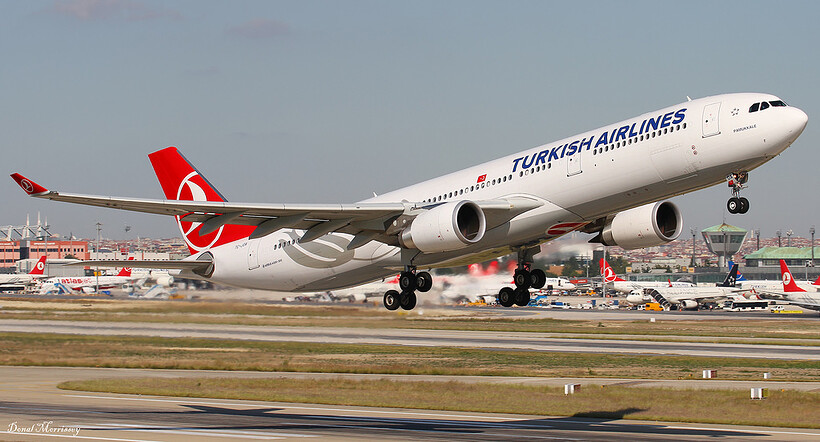
Maximum Exit Limit: 440 passengers
Typical Seating: 250–290 passengers (two- or three-class configuration)
Length: 208 feet 10 inches (63.69 meters)
Wingspan: 197 feet 10 inches (60.3 meters)
Range: 6,340 nautical miles (11,741 kilometers)
Key Operator: Turkish Airlines
The largest twin-engine version of the original A330 family was the Airbus A330-300, which debuted in 1994 alongside Air Inter. It replaced the A300 and had a range of 6,340 nautical miles with a maximum departure capacity of 440 people. It serves well-known carriers like Turkish carriers and Cathay Pacific and is powered by engines like the Rolls-Royce Trent 700 or Pratt & Whitney PW4000. The A330-300 is still a dependable option for medium-haul trips in 2025, valued for its roomy cabin and operational versatility, even though production ended in 2022 and the last aircraft were converted to freighters.
9. Airbus A350-900:
Maximum Exit Limit: 440 passengers
Typical Seating: 300–350 passengers (three-class configuration)
Length: 219 feet 2 inches (66.8 meters)
Wingspan: 212 feet 5 inches (64.75 meters)
Range: 8,300 nautical miles (15,372 kilometers)
Key Operator: Singapore Airlines
The most popular A350 family model is the Airbus A350-900, which was introduced in 2015 with Qatar Airways and will account for 85% of the airline's in-service fleet by 2025. With a maximum exit limit of 440 passengers, this twin-engine widebody uses Rolls-Royce Trent XWB engines and a lightweight composite structure for a 25% fuel efficiency edge over competitors like the Boeing 777-200ER. Its 8,300-nautical-mile range supports ultra-long routes, such as Singapore to New York, operated by Singapore Airlines, its largest operator. In 2025, the A350-900’s quiet cabin and advanced technologies make it a passenger and airline favorite.
10. Boeing 787-10:
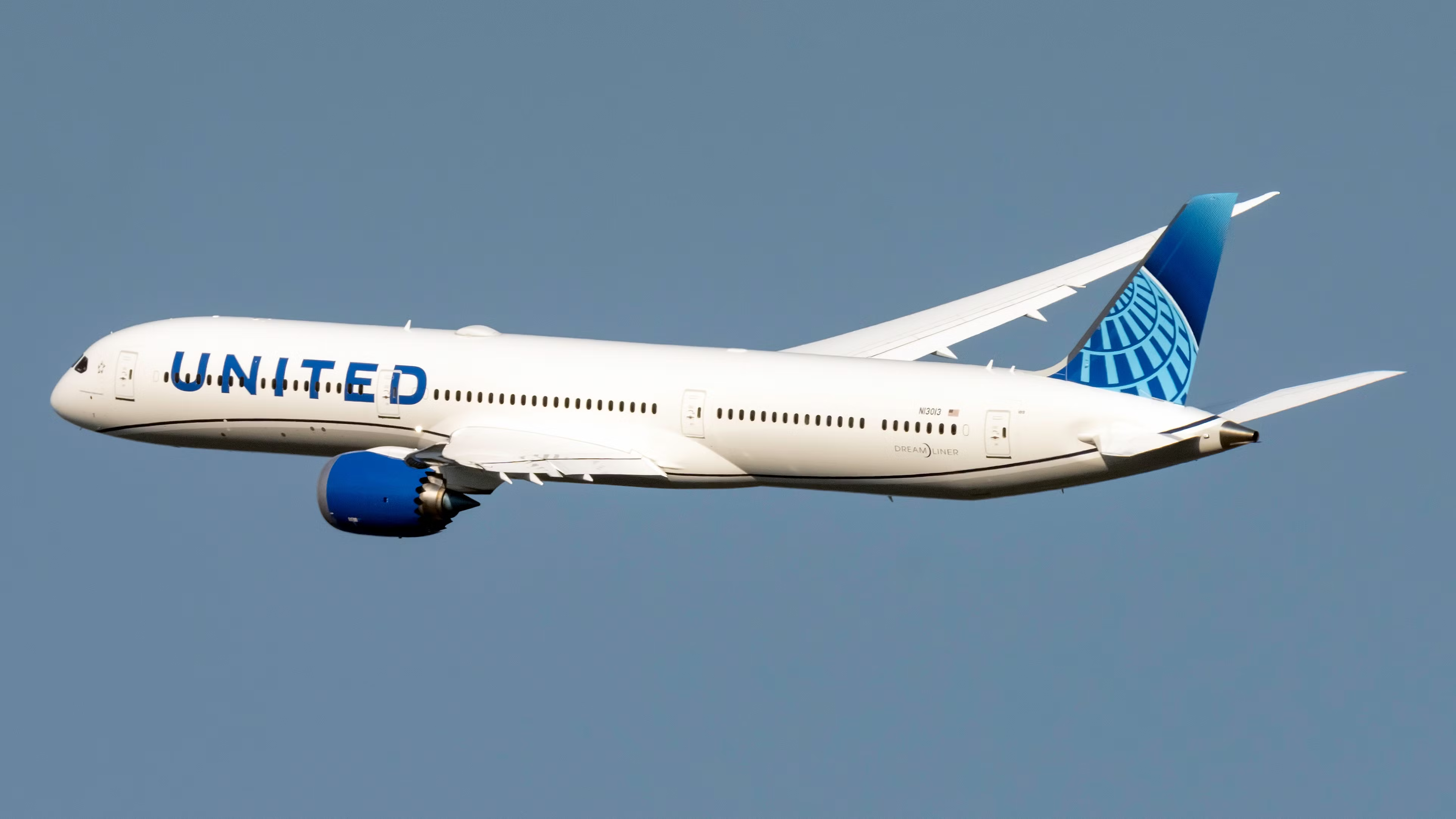
Maximum Exit Limit: 440 passengers
Typical Seating: 330–336 passengers (two-class configuration)
Length: 224 feet (68.28 meters)
Wingspan: 197 feet 3 inches (60.12 meters)
Range: 6,430 nautical miles (11,908 kilometers)
Key Operator: United Airlines
The largest Dreamliner variant, the Boeing 787-10, went into service with Singapore Airlines in 2018. With a maximum capacity of 440 people, this twin-engine aircraft, which is 20% more fuel efficient than the Boeing 767 it replaces, is powered by General Electric GEnx or Rolls-Royce Trent 1000 engines. Its 224-foot length and 6,430 nautical mile range make it perfect for routes like those from Los Angeles to London. In 2025, United Airlines and ANA will have sizable fleets and will appreciate its composite fuselage and passenger-friendly amenities like better cabin pressure and bigger windows.
Comments 0